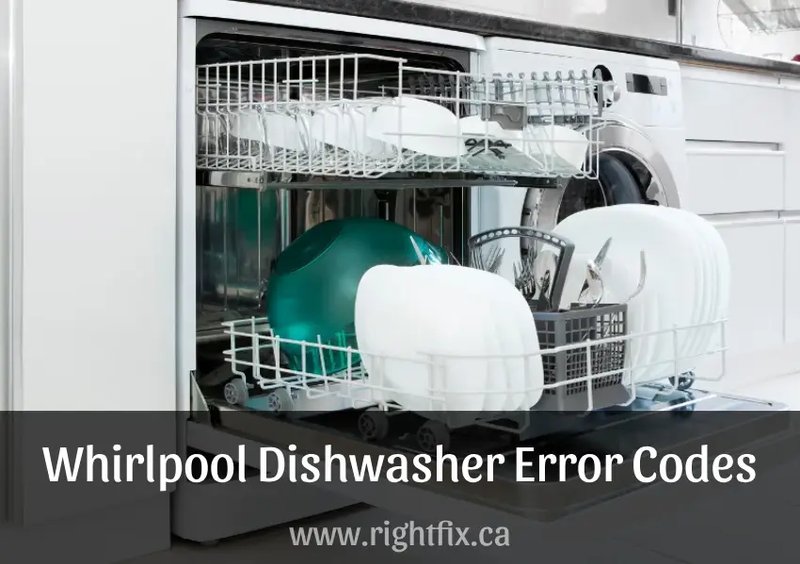
First things first, that OE code is your dishwasher’s way of telling you there’s an underlying issue that needs attention. Think of it like a car’s check engine light blinking, alerting you that something’s up. But while it’s not uncommon for appliances to act up every now and then, the big question is whether it’s still safe to use your dishwasher when this error appears. Let’s explore that in detail, so you can make informed decisions without worry.
Understanding the OE Error Code
The OE error code stands for “Overflow Error.” Imagine your dishwasher trying to fill up with water but going overboard, like a bathtub that won’t stop running. This usually happens because of problems with water drainage or an obstructed overflow system. In many cases, using the dishwasher while this error persists can lead to more water spilling out, which could potentially damage your kitchen floor or the dishwasher’s internal components.
So, what causes an overflow error, and is your dishwasher doomed? Not quite. Common culprits include a clogged drain hose, a malfunctioning pump, or even too much detergent, which results in excessive suds. It’s like when you overfill a washing machine with soap, and your laundry room turns into a bubble wonderland. These might sound daunting, but identifying the cause can often lead to simple DIY fixes.
If you’re still feeling uneasy about running the dishwasher, don’t worry. It’s always better to be safe than sorry. Take a moment to investigate what might be blocking the flow of water. Checking for blockages or kinks in the dishwasher’s drain hose is a good start. If you don’t feel comfortable doing this yourself, consider calling in a professional appliance repair technician who can diagnose the problem and apply the correct fix.
Is It Safe to Use the Dishwasher with an OE Code?
Now, you might be thinking, “Can I just continue using my dishwasher with the OE error code?” Here’s the deal: while it may not seem like a big deal initially, continuously running the dishwasher with this error can lead to water damage or further issues. Picture trying to drive a car with a flat tire; sure, it might still move, but you’re likely causing more harm than good in the long run.
If you choose to ignore the OE error and continue using the dishwasher, you risk more than just overspill. Prolonged use despite the warning can cause the motor to overwork, leading to overheating or even irreversible damage. It’s best to view the error code as a helpful friend giving you a heads-up before a larger problem surfaces.
A safer bet would be to pause its use until you or a professional can resolve the issue. Turning off the dishwasher and inspecting the drainage system can prevent potential water damage and prolong your appliance’s life. Sometimes, all it takes is a bit of TLC—cleaning filters, checking hoses, and ensuring nothing is obstructing the system can go a long way.
Preventative Measures and Next Steps
Having your dishwasher throw an OE error can be daunting, but it also serves as a useful reminder of the importance of regular maintenance. Just like changing the oil in your car, keeping your dishwasher in top shape requires periodic checks. Ensuring that food scraps are rinsed off dishes before loading, using the right amount of detergent, and running a cleaning cycle with vinegar once a month can help keep your dishwasher running smoothly.
Knowing how to handle error codes empowers you to tackle small issues before they escalate. Whether you decide to roll up your sleeves or hire a professional, what matters is addressing the problem promptly. Next time you face an OE error, you’ll know exactly what to do and why it’s crucial not to ignore it.
Remember, a little preventative care goes a long way in extending the lifespan of your appliances. By maintaining your dishwasher, you help it serve you well for years to come, ensuring sparkling dishes—and peace of mind—are always within reach.